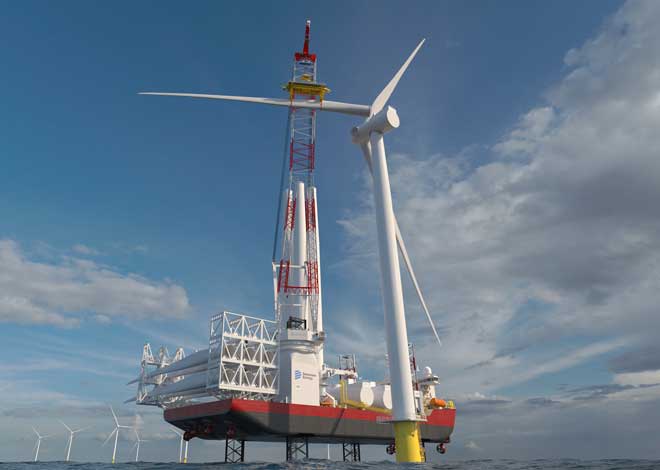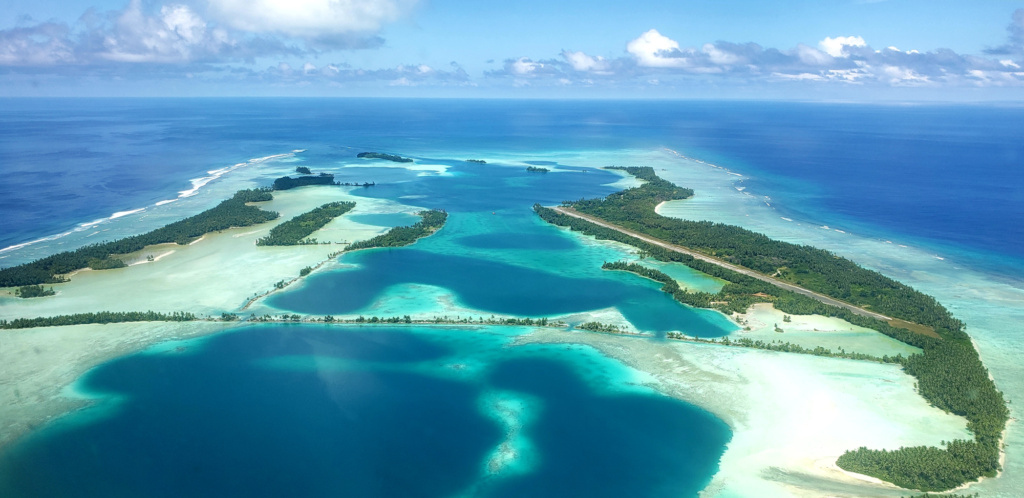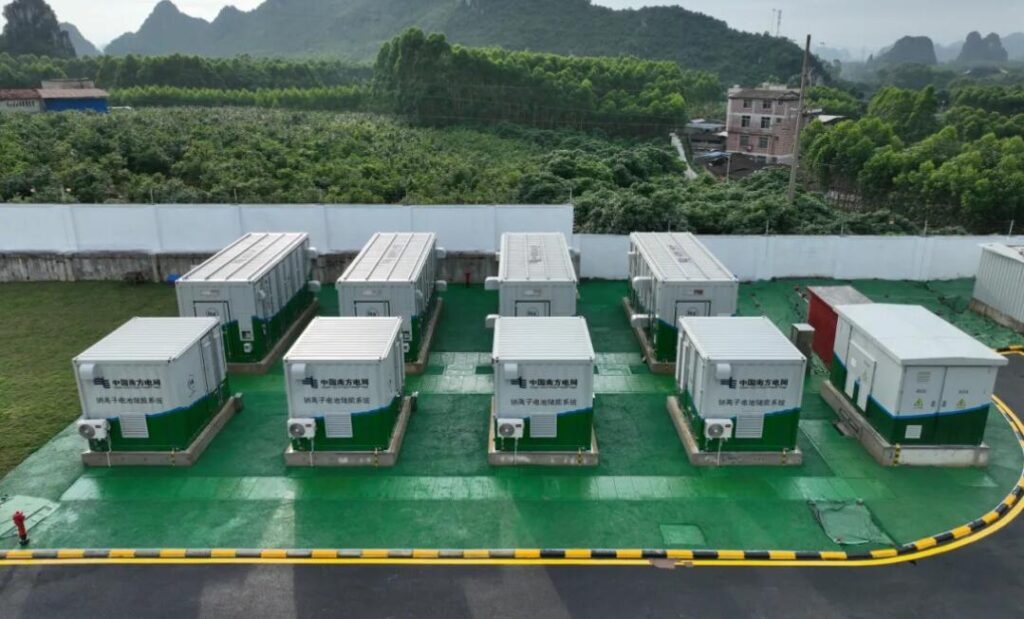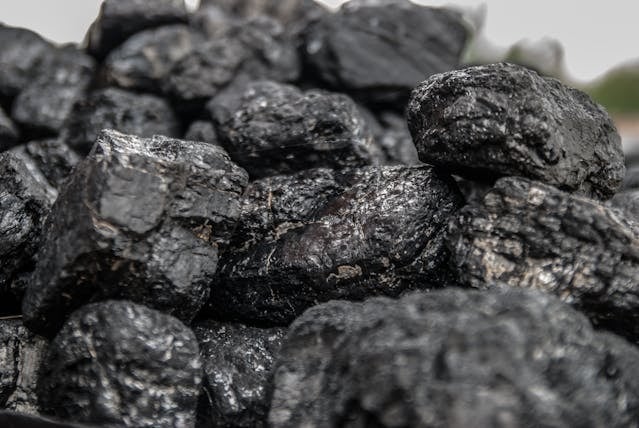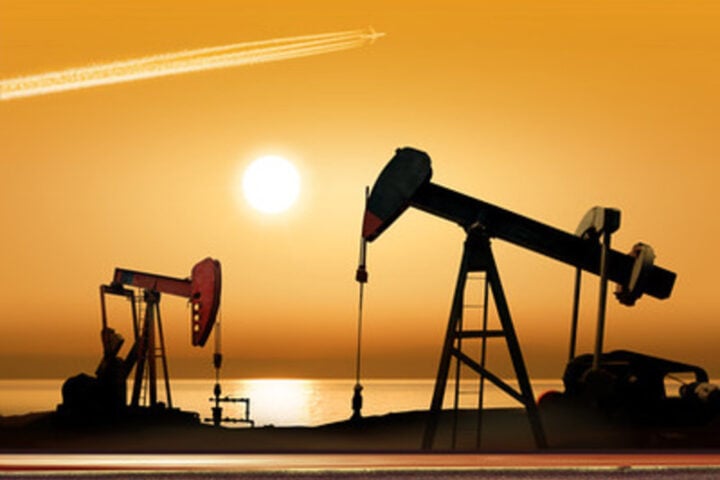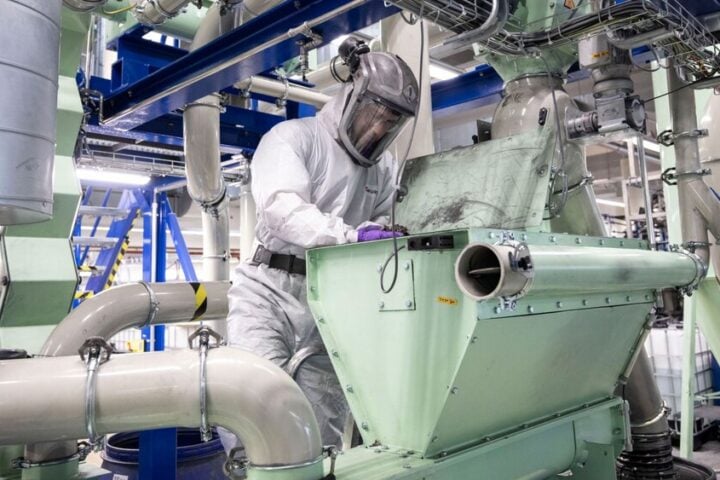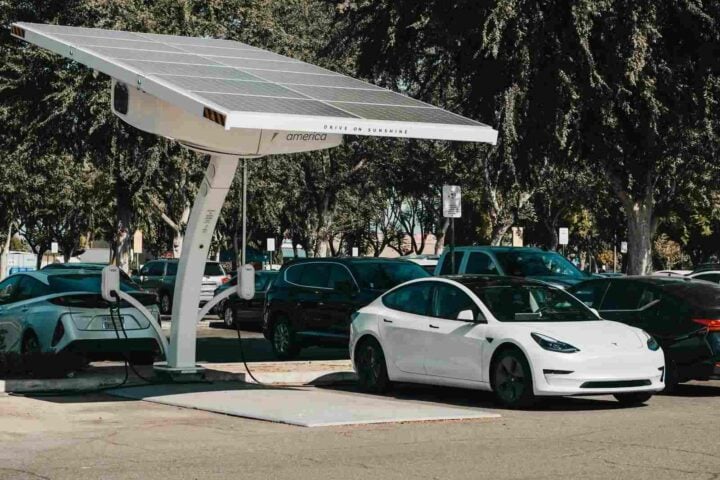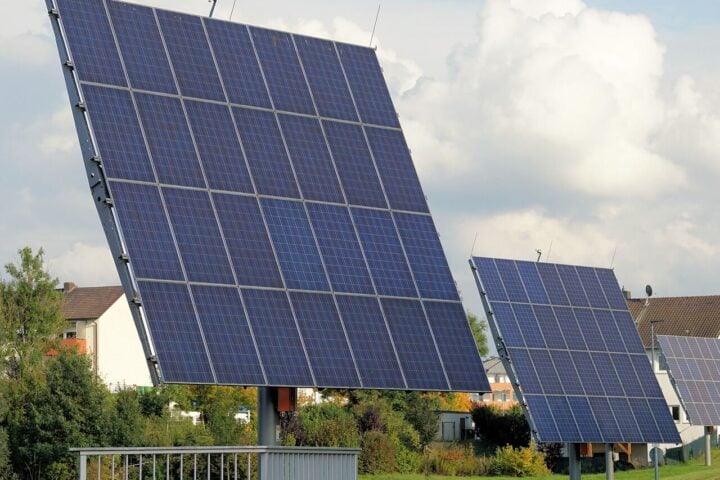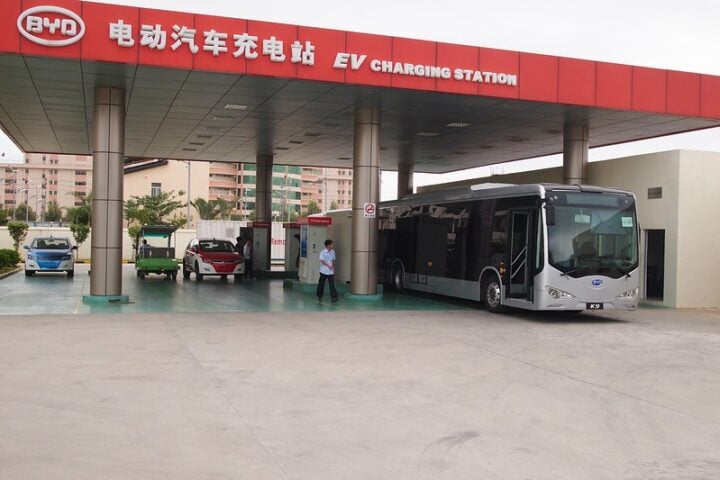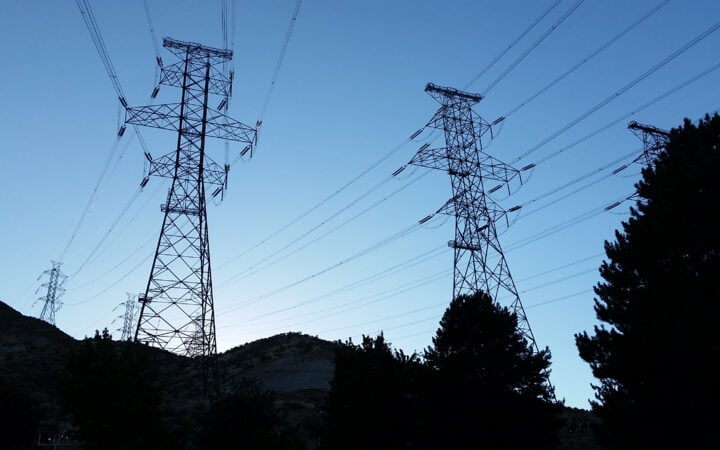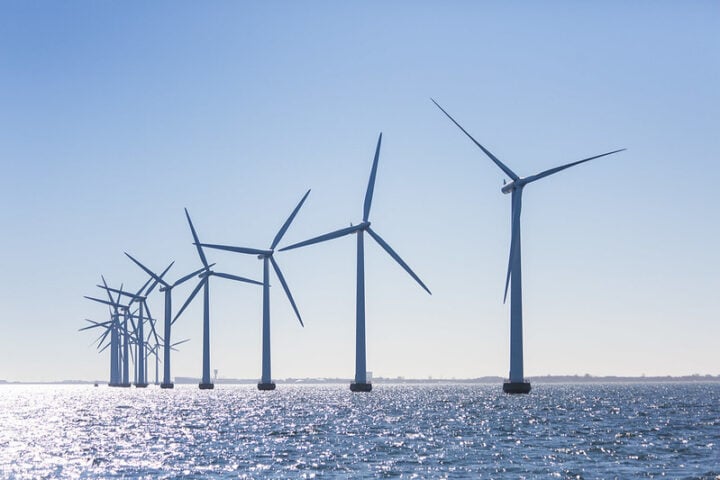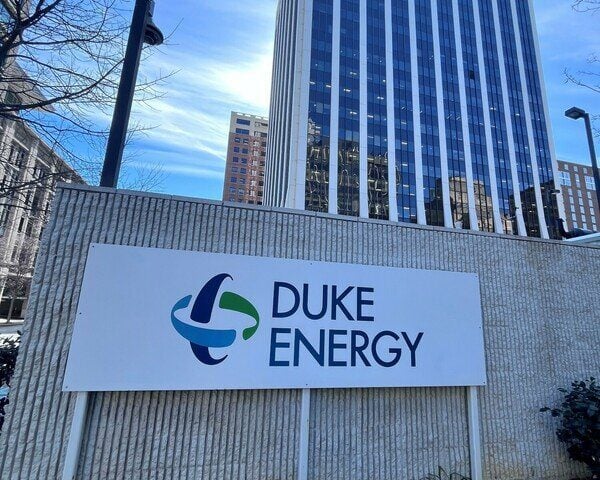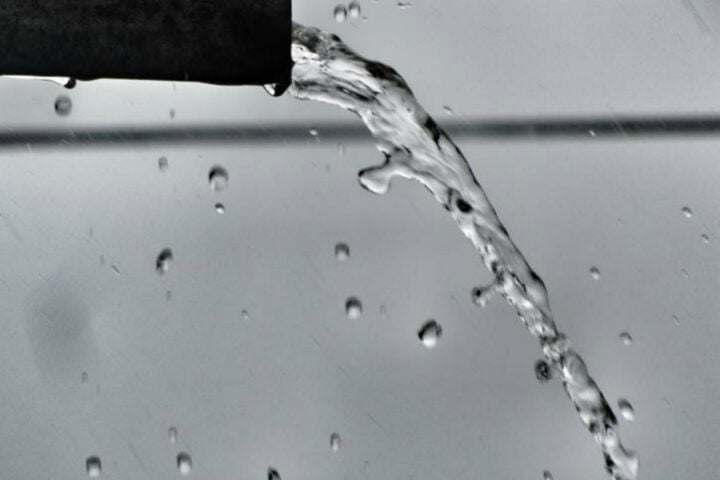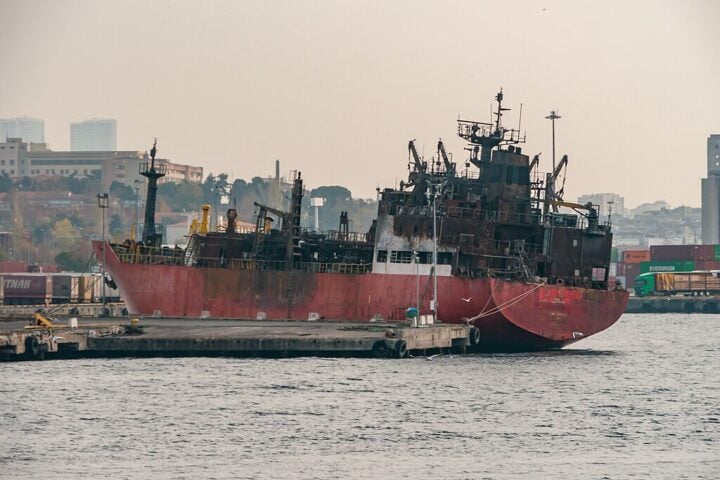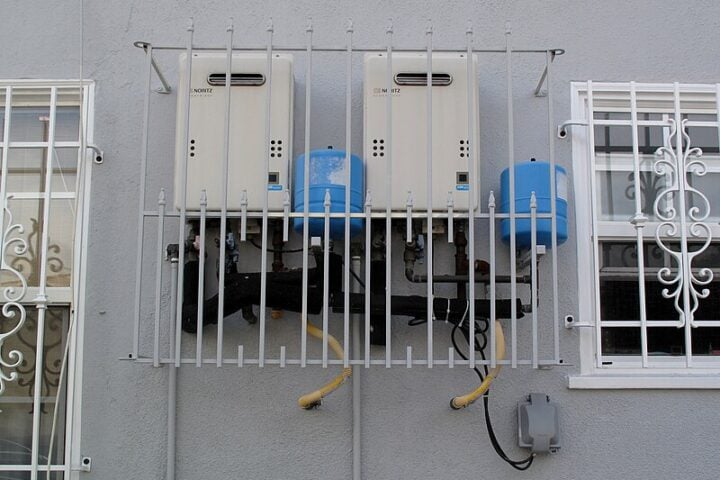Meet the Charybdis, the first of its kind offshore wind turbine installation vessel in the US. Launched in April 2024 by Dominion Energy, this Jones Act compliant vessel is a big deal for the country’s offshore wind plans.
The Charybdis is a technological wonder designed for the offshore wind industry. 472 feet long and 184 feet wide it’s one of the biggest of its kind. This size allows it to carry and install the massive components of modern wind turbines. The centrepiece of the Charybdis is its main crane with a 426 foot boom and 2,200 ton lifting capacity to handle the latest and largest turbine technology. One of the vessel’s most impressive features is its ability to lift itself out of the water creating a stable platform. This engineering feat ensures both efficiency and safety in the rough marine environment. The Charybdis also has an electrically driven crane system. This system gives better positioning and reliability and reduces maintenance and environmental impact.
Similar Post
The build of the Charybdis created over 1,200 jobs at its peak. The hull and infrastructure used over 14,000 tons of domestic steel with nearly 10,000 tons from suppliers in Alabama, West Virginia and North Carolina. This is Dominion Energy’s commitment to investing in local supply chains and workforce development as part of their broader investment in the US offshore wind industry. Once operational the Charybdis will continue to support local economies by installing and maintaining offshore wind projects along the US East Coast. This will create more jobs and grow the renewable energy sector with all its economic benefits. The Charybdis is a big step towards a more sustainable energy future, proof that renewable energy can transform regional economies and meet environmental goals. The Charybdis is more than a vessel, it’s a symbol of the US’s commitment to renewable energy and domestic innovation. Bob Blue, Dominion Energy’s chair, president and CEO said “it will deliver reliable, affordable and clean energy and significant local knowledge and jobs. It’s the foundation for future growth in the US offshore wind industry”.
“The Charybdis is not just a vessel; it’s a symbol of the U.S. commitment to renewable energy and domestic innovation,” said Bob Blue, Dominion Energy’s chair, president, and chief executive officer. “This vessel will not only contribute to reliable, affordable, and clean energy but also benefit local communities by creating significant local know-how and job opportunities, paving the way for future growth in the U.S. offshore wind industry.”
To sum up, the Charybdis is a big deal for the US offshore wind industry, it shows the country is serious about renewable energy and domestic tech. As a next gen vessel it’s impressive engineering for efficiency, safety and environmental sustainability. Beyond the tech the Charybdis has brought jobs and domestic content to local economies. It will operate installing and maintaining offshore wind projects along the East Coast and drive economic growth and grow the renewable energy sector.
